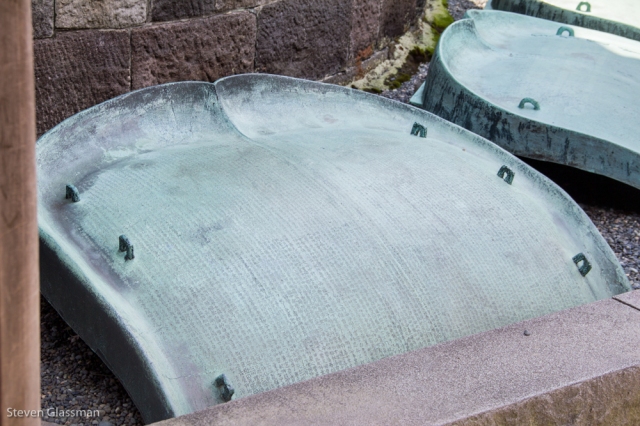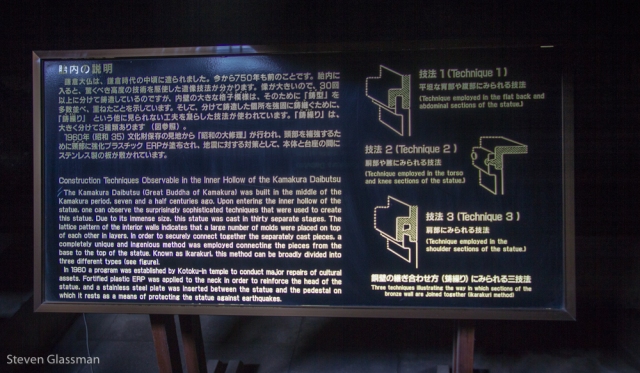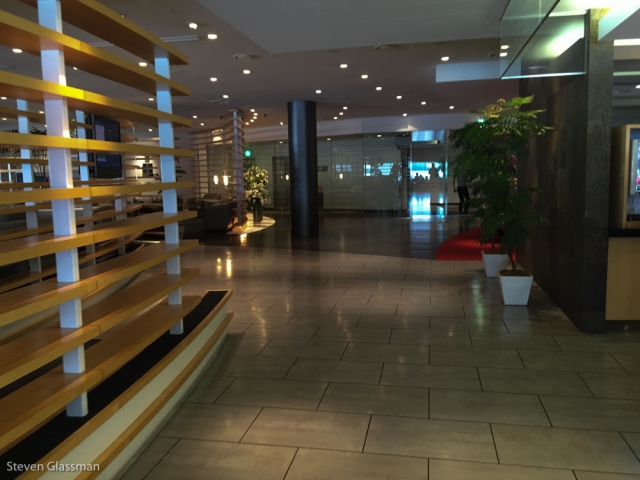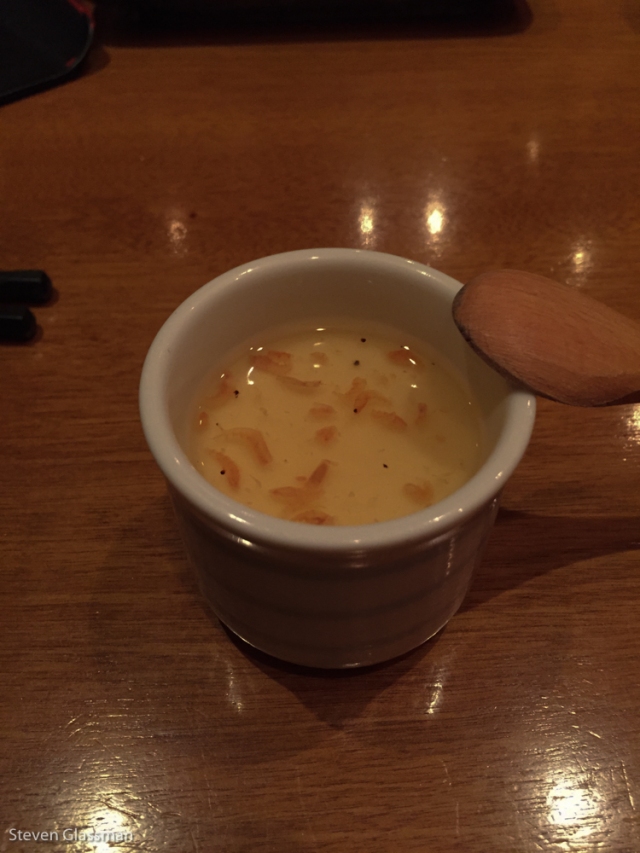When I went to Hong Kong in 2008, I went to see a very large Buddha on a hill-side. Tian-Tan is 112 feet tall and it sits atop a mountain near a monastery. It’s enormous and amazing, and I was very excited to see a piece of antiquity. The problem, I later found out, is that Hong Kong’s big Buddha isn’t all that old. In fact, it was built between 1990 and 1993, in roughly the same amount of time as it took me to finally pass algebra during my first go at college.
The Great Buddha of Kamakura has no such problems with its ancestry. The Amida Buddha located at the Kōtoku-in Temple dates from around 1252, and it has weathered storms and earthquakes. With this in mind, I set about during my last full weekend in Japan to go see a big Buddha.
Kamakura is about 30 miles outside of Tokyo, so it didn’t take long to get there. Once in Kamakura, a local tram can be used to get closer to Kōtoku-in.

Once you reach the appropriate stop, it’s easy to find the Temple. Just follow the crowds! There’s also helpful signage in case of natural disasters.

Sometimes, you see people in traditional garb around temples.

Once you reach the Temple, you’re supposed to cleanse yourself with these little spoon-like things.

…but don’t use the water to cleanse your mouth!

A short walk past the washing station, the Amida Buddha comes into view.

Made entirely of bronze, this Buddha was once gilded. There are still traces of gold leaf on the head, near the ears.

Clocking in at just under 44 feet tall, this Buddha is only about a third the size of Tian-Tan, but it’s much more impressive because of how long it has been here.

Here’s an obligatory selfie to prove I was actually there. Honestly, sometimes I don’t think I would believe all the places I’ve been if I wasn’t actually in some of the photographs.

Behind the Buddha, there are giant bronze “leaves” etched with what I assume are prayers.

The detail is incredible. Remember, this is all metalwork.

When I first walked around to the rear of the statue, I didn’t know what the flaps on the Buddha’s back were all about. I thought it kind of looked like exhaust ports on a giant robot. Buddha Gundam!

It turns out that the flaps are windows, because you can go inside the Buddha. This is the view looking up into Buddha’s neck-hole from inside.

The Great Kanto Earthquake of 1923 destroyed the base of the statue, and it was repaired in 1925. Further repairs were done in 1960-1961, when the neck was strengthened and measures were taken to protect the Buddha from earthquakes. This sign inside the Buddha talks about construction techniques used to make the statue, as well as some detail about how it was reinforced.

On my walk back to the train from the Buddha, I stopped for a little snack at one of the many shops along the way.

This is a red bean paste treat. I love red bean paste in dessert foods. The only place I see bean paste in foods here in the US is at Chinese or Japanese buffets. This is a travesty of the highest order.

What’s the largest religious icon you’ve ever seen?





















































